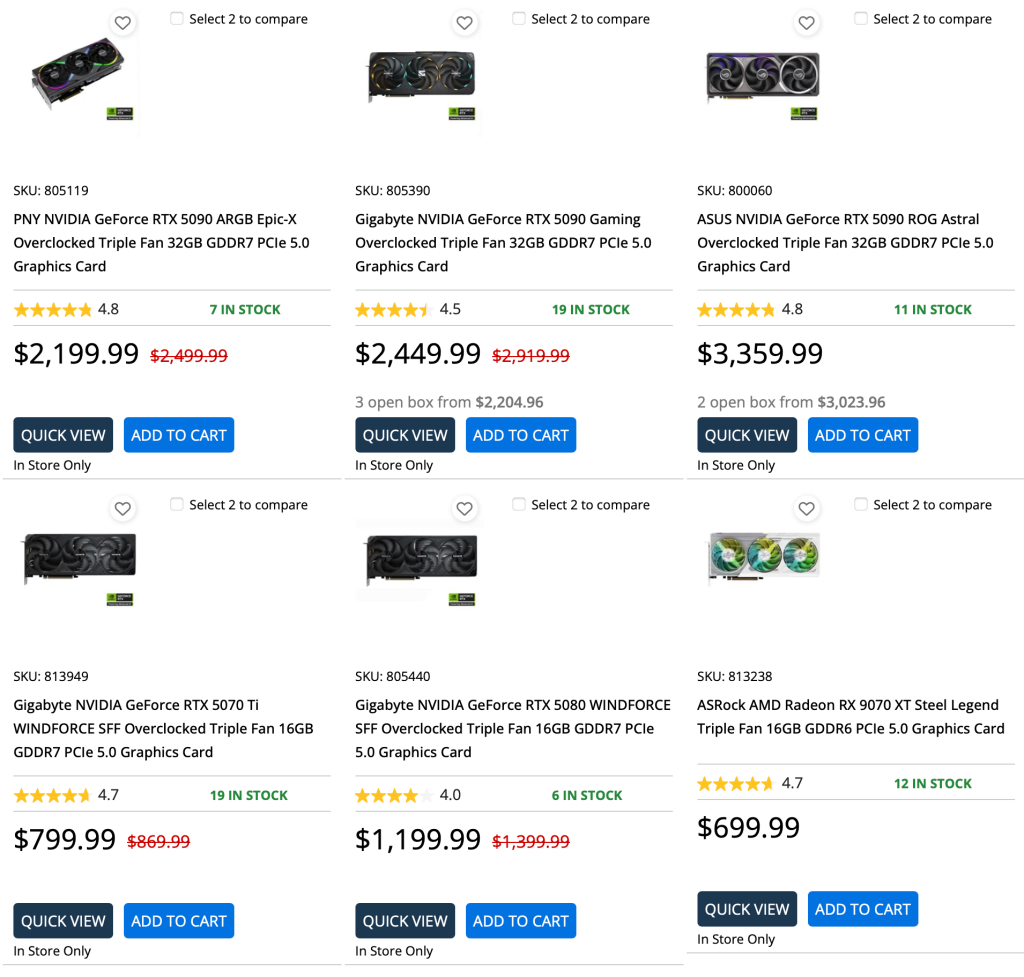
Nintendo’s decision to raise the prices of the original Switch, along with its accessories, due to “market conditions,” has prompted a lot of people to give negative responses. People think that Nintendo is being too greedy or that they have lost their way.
While some practices I see are questionable, such as the key cards (granted, most games on PlayStation and Xbox require the user to download the game as the disk only has a license), also, there are other controversies, such as the usage of a flash device when detected, gets your console banned from online features, including using key cards.
However, it’s no different from using a modded console online and then getting your console banned. Sure, one can have debates about whether console manufacturers should ban consoles that users own. However, this post is not even about that, but a broader issue, pricing a whole generation out of video games.
It is no surprise that big video game releases, especially AAA titles, are getting very expensive. Since the pandemic, games have risen from $60 to $70, and now $80. It is no surprise that video games have grown in scale in terms of graphics, gameplay, voice acting, and more. That is before factoring in the tariffs and inflation from the past few years. Given the price increase of games and the associated costs, it is no surprise that game prices have risen, and people are reacting poorly to $80 games.
Sure, compared to games from the 80s, 90s, and 2000s, games are cheaper now, but when adjusted for inflation, wages have not increased during that time. As a result, with prices of necessities going up, people simply can’t afford new games and consoles, thus pricing people out of video games.
This situation is sad since the younger generation can’t experience video games like I did during my childhood, when consoles were relatively cheap and accessible. Sure, the graphics are not nearly as nice compared to modern games, but with this pricing, the younger generation will mostly play free-to-play games or not get into the hobby.

Sure, people will say, get a PC, forget the consoles, since there are cheap games on sale on Steam. However, PC hardware has risen in price as well, to unaffordable levels. Since the pandemic, manufacturers like Nvidia and AMD have increased the prices of GPUs as crypto miners were buying them up to use the cards to mine cryptocurrency.
With the chip shortage going on during that time, GPUs not only went up to extreme levels of pricing, but they were also hard to find. Following the end of the boom, the AI boom emerged, driving up the cost of video cards as Nvidia and AMD shifted their focus to producing AI-specific cards. As a result, the supply of gaming cards decreased, and prices naturally rose, accompanied by lower performance uplifts compared to the previous generation. That is, unless you shell out thousands for the highest-end cards like the RTX 4090 and 5090.
To make matters worse, PC games have become increasingly demanding due to a lack of optimization and the increasing complexity of graphics. Nvidia and AMD are pushing to make cards for AI, so they’re selling cards that use “tricks” to avoid making them too powerful, except for the highest-end models.
For most AAA games, unless you have the latest high-end cards and want to play at the highest settings at 4K at ultra settings with ray-tracing, you have to rely on upscaling and fake frame technologies like DLSS and FSR. However, there are several drawbacks to using them, including increased latency and lower quality compared to native resolution. It only leaves the highest-end card being “worth it,” as you wouldn’t need to rely on these technologies. However, it’s out of the price budget for most people, and it puts into question the value of most cards in the range, besides the top end.
By relying on fake frames and upscaling, you are getting less than you did in the 2010s. After all, a jump from an Nvidia GTX 970 to a 1070 gives a sizable performance uplift, just for $379. That’s not bad, considering it can play most games at the highest settings at native 1080p/1440p. To achieve this today, you’ll need to pay $599 for an RTX 5070, rely on frame generation, and still face issues with most games due to insufficient video RAM in some titles.
In a way, graphics cards have not only become more expensive but also experienced shrinkflation. It is also a problem since most developers don’t bother optimizing their games. Most games that use Unreal Engine 5 perform poorly, unless you use the highest-end card or rely on upscaling and fake frames.
There are egregious examples of games running poorly on midrange hardware and having high system requirements to play properly at the highest quality, such as Monster Hunter Wilds, Doom The Dark Ages, and Indiana Jones and the Great Circle. If you don’t have the highest-end hardware, the game won’t look as good or perform as well compared to the PlayStation 5 or Xbox Series X version.
Sure, people will say PC is better, but the hardware costs are just too high, and there is no guarantee the hardware will last after a few years for the newest releases down the line. You might not be able to play at the same settings, so you’ll have to turn the settings to low and sacrifice graphics quality, or rely on more aggressive upscaling and frame generation.
Given the high cost of GPUs, it is no surprise that people are turning to consoles for gaming, but even that option is becoming unaffordable. Even older generation consoles like the Switch are not going down in price, but are going up, making video games less accessible.
Sure, people will say, just get a Steam Deck. The Steam Deck is more complicated because it’s a PC, and it has its weaknesses, such as bulk, weight, and the outdated APU. Sure, there are other handheld gaming PCs from Asus, Lenovo, and MSI, but those can cost more than a gaming laptop and even exceed the price of a console. Also, these handheld PCs, being computers, require more effort to get games working, as one must adjust settings to ensure they perform well. In contrast, with a console, you pick a game and start playing.
It’s a sad reality that video games are increasingly becoming a luxury that the upper-middle class can only afford. Although I have a few handheld PCs, a high-end GPU, and a Switch 2, and I can afford them, most people are not in a fortunate financial situation. It’s also sad that the young generation won’t be able to enjoy video games like I did in my childhood, as they’re simply not accessible.
As a result, it will encourage the younger generation to play mobile games freely, which are exploitative due to their microtransactions and questionable business practices. Also, I don’t see this being sustainable given the economy affected by inflation, tariffs, and high interest rates. I think something has to give in eventually, and gaming companies have to change with fewer people buying games, gaming hardware, accessories, and computer components like GPUs. As for that breaking point, we have to wait and see where things will go from here.
@chikorita157 oh no…GPU prices going up?! I feel like its covid situation all over. And also yeah I feel like things are getting really bad, pc games not being optimized and everything you metioned!
Remote Reply
Original Comment URL
Your Profile
@chikorita157 I feel like im doomed once its my time to be an adult.
Remote Reply
Original Comment URL
Your Profile
@chikorita157
I agree with the prices being ridiculous and I feel the frustration with it too, but I also think that video gaming has always been a luxury hobby of the middle class and up, but people don’t realize that because they have long been part of it and are now slipping out of it due to what you mention too: Wages not keeping up with inflation.
As a personal anectode: I grew up in what some would describe as lower middle class, and others in Germany would describe as poor (as I’m from the ex-soviet-controlled part) and we did not have any gaming console nor PCs nor the money for it. I only started gaming once my parents started working in IT and had money to buy PCs and gift one to me eventually. And I definitely still felt the struggle there. I only ever bought games full price if my grand parents which were a bit more well off gifted them, the rest were older titles and discounted/from PC magazines… or just straight up pirated. Can’t buy lots of games with a 5 bucks per week allowance after all and burned CDs and keygens made their round in school, basically nobody bought the new and popular games.
And I feel like I see the same thing happening as it did in my youth, just now in the opposite direction and no longer climbing up society’s ranks but falling down. And the consequence imo. has to be to go back to how we gamed when we were young and poor:
Playing older titles on older hardware or just sharing games with our friend group or straight up taking to the high seas if we want to get a hit of the latest and greatest.
Remote Reply
Original Comment URL
Your Profile